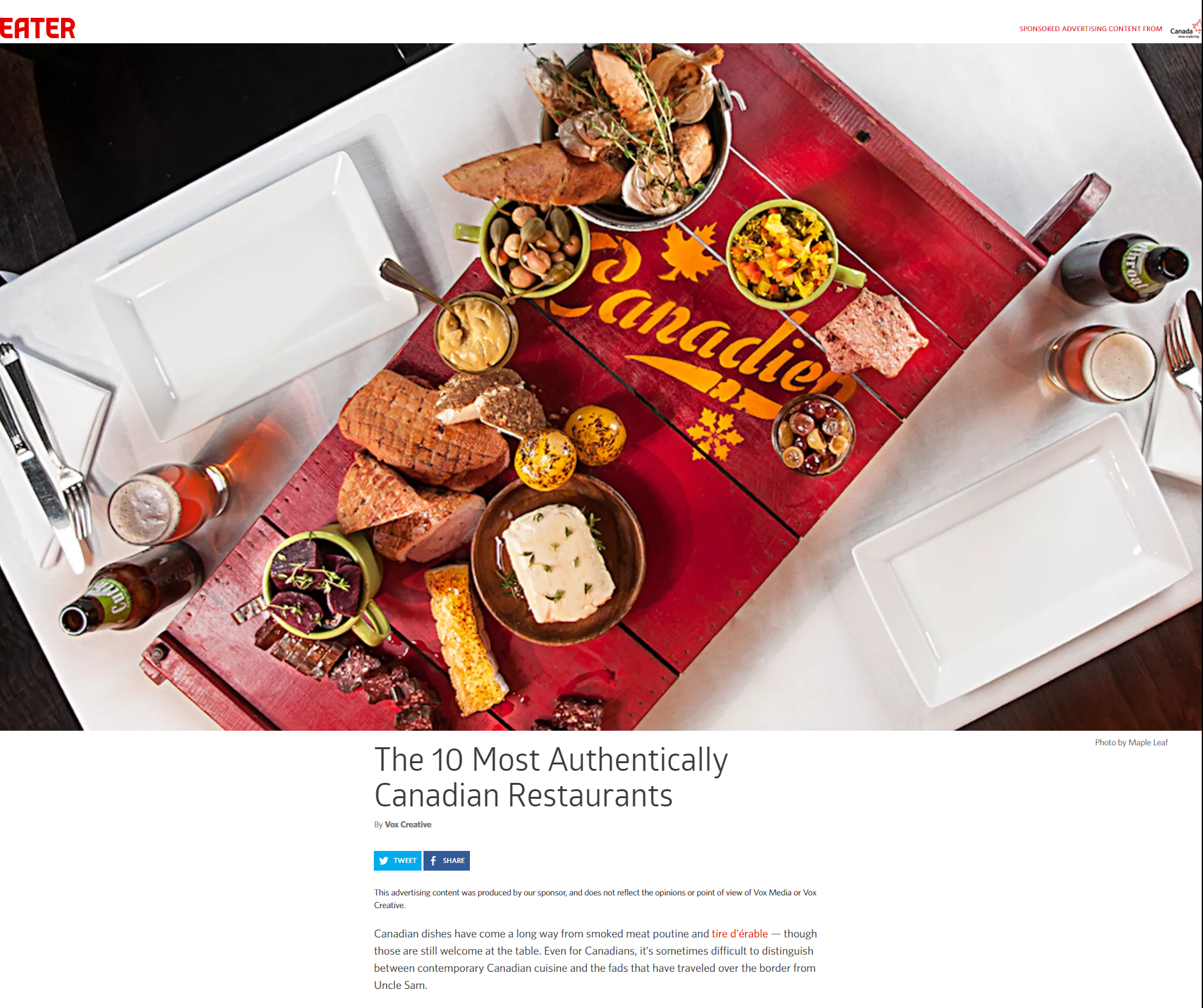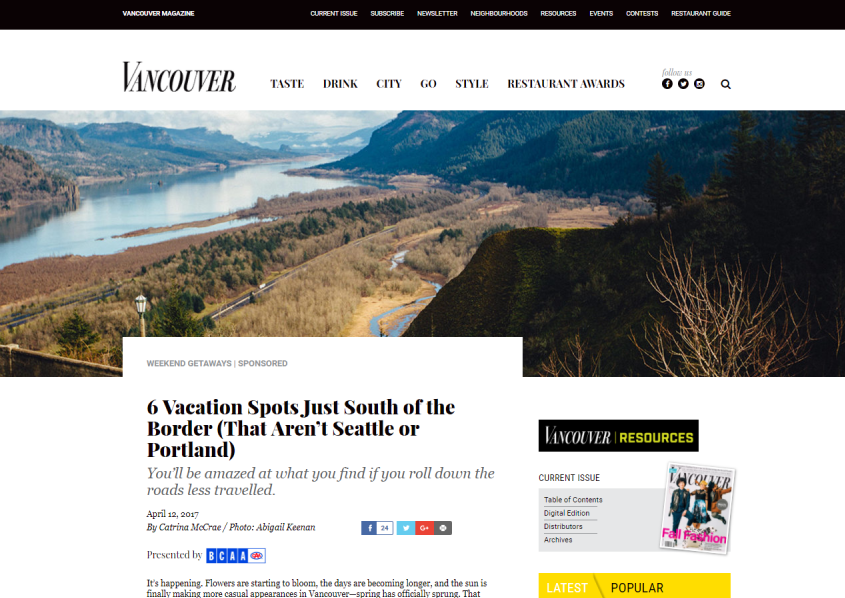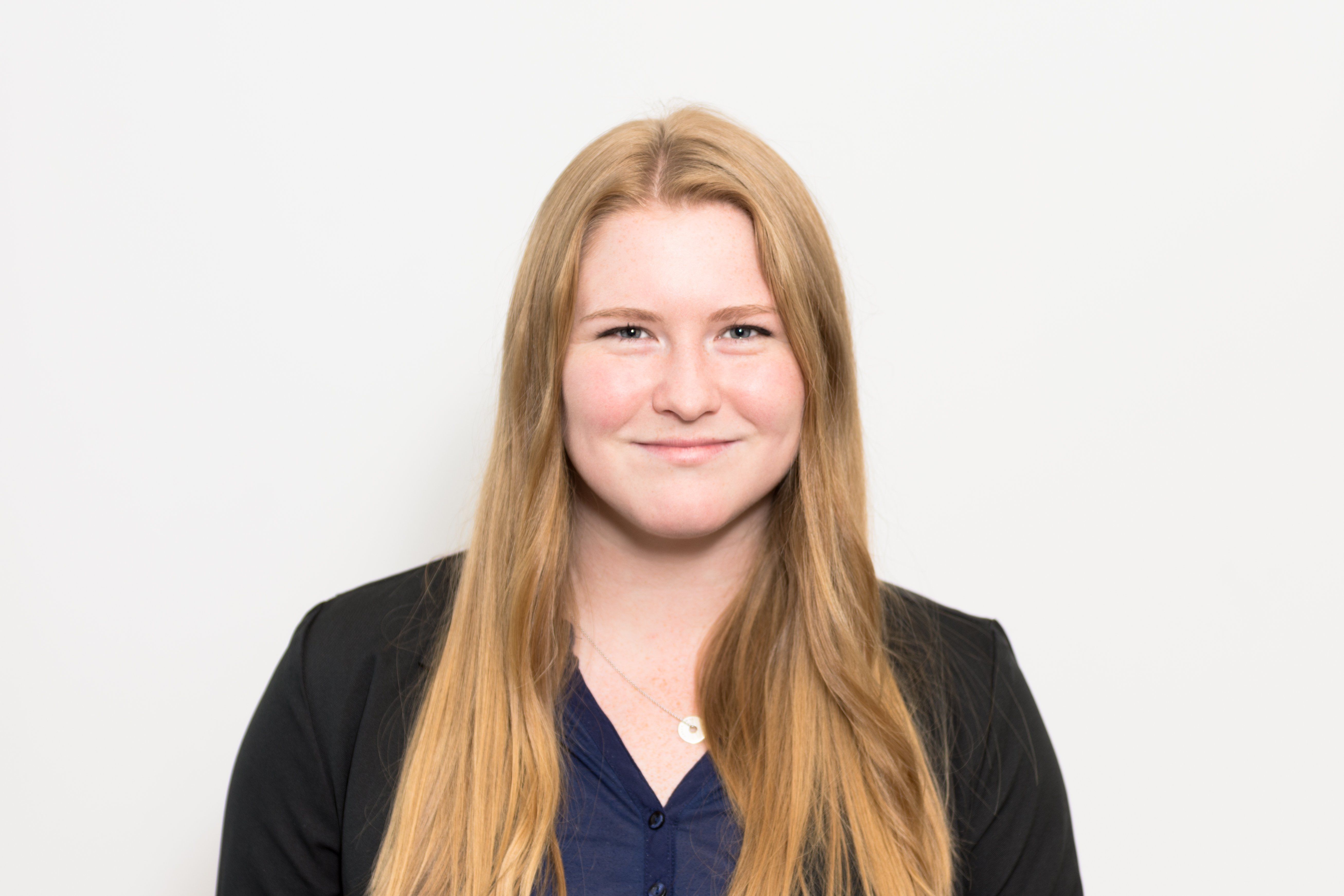The Art of Negotiating a Successful Branded Content Partnership
Thanks to thought leadership on both the buy and sell sides, sufficient hype, and some brilliant campaigns, both advertisers and publishers are now firmly in the era of content marketing.
But perhaps the most overlooked layer of a content marketing strategy is the most critical of them all — the negotiation of the contract itself.
Negotiating the terms of a branded content partnership has become the most competitive skill for a media buyer to hone, and the success of a campaign depends upon its conquering. From reviewing a publisher’s content mix, to determining their fit with a client, to uncovering which KPI is best for measuring success, every term of a contract needs to be considered, carefully weighed and accounted for.
We sat down with Diana Walter, Group Director at OMD Canada, to learn more about how media buyers are becoming the best arbiters in the biz.
Pressboard: Generally, what do your clients (brands) think about branded content?
Diana Walter: Overall, it’s pretty easy to explain to a client why they should be doing branded content during the planning phase.
I believe the challenge is once it comes to execution. Branded content partnerships are a lot of work and a brand will often become very hands-on with the content itself. Often it is difficult for them to let go and allow the publisher do what they do best, which is to write. It can become an advertorial very quickly.
When you’re creating branded content, why use media publishers at all? What’s the reason to engage them?
The reason is that media publishers have pre-established trust in the content that they release to their users, that’s why we engage them. We also always review the publishers content mix, to see what their balance is between editorial content and paid content. We also analyze their social channels. I don’t just look at their following either, I like to see what their organic reach is compared to their paid reach. What do your followers look like?

To drive American readers to consider booking vacations to Canada last winter, OMD and Destination Canada created content across 11 US publishers through Pressboard.
How do you gather all that information?
Unfortunately, I have to do it manually, it’s a very resource intensive, time-consuming process.
When you’re working through this process, are you looking for media publishers that have an authority outside what the brand has?
Yes, and not always related. For example, for a travel client, we’re not looking simply for travel publications, we’re looking at lifestyle, music. Content that our (the brand) audience may not immediately see as authoritative on, even though we are.
What is the standard rate structure for buying media from a publisher?
Prior to 2016, we were primarily buying content on a flat fee. It wasn’t because that’s how we wanted to buy, it was because that’s how the publishers were selling it. They did not want to go to a guarantee view model, because it’s stressful and often they didn’t want to share what their organic traffic was versus their paid traffic. And they didn’t want to put any more paid money against the campaign, unless they absolutely had to, which wasn’t required under a flat fee model.
Once we started moving larger budgets towards branded content, we mandated that we were guaranteed a number of views. As of last year, we will only buy on a Cost per Engagement (cost per view) model.
As a media agency, at times you become a shepherd of the publisher’s brand on their behalf.
Have publishers become more accepting of how OMD buys content, on a cost per engagement (CPE) model?
No, it’s purely because we pushed it. It’s very hard to get, even with big budgets. Publishers continue to push back hard on the model.
Do you see that CPE model becoming more prominent in the future?
I believe that everything will continue to stay status quo as flat fees for now, only because I’m not sure that buyers will want to put in the work. It takes a lot of work and negotiation each time you start a new campaign. [Publishers want to] lump in production and a bunch of traffic drivers. You really have to question everything, is this really going to get you this many views?
Why do you find that more and more brands are committing budget to branded content in lieu of other channels or strategies?
We have a lot of data showing the value of 3rd party reviews as well as the value of 3rd party conversation around your brand. So, what is the best way to control that? It’s branded content. It’s essentially a publication, talking about your brand, in a positive way. That content is then amplified through social networks and commented on. If you’re tracking your metrics correctly, you will be able to see a gradual, but consistent uptick in your brand’s perception. It’s not a drastic roller coaster ride, it’s a stable upwards curve. I think that setting those expectations with your client up-front is key.

In a playful article about road tripping south of the border, OMD worked with Pressboard to promote BCAA’s travel insurance products on Vancouver Magazine.
What advice do you have for other media planners and buyers for working with media publishers, based on your experience?
Sales teams aren’t always right. They sell things, they don’t create content. Their interests lie more in closing the deal, sometimes at the detriment of the long-term publisher brand. Sales teams will sell to achieve their sales goals and their bonus, and then they are going to get out. I have not had a content rep for a longer than a year. That’s not saying that there aren’t great sales reps, there are, but the goals of a sales team and the content goals of the brand are not always aligned.
As a media agency, at times you become a shepherd of the publisher’s brand on their behalf. I want to keep working with these publishers for years to come, it’s in my best interest that they continue to create great content and attract readers and viewers. I don’t want The New York Times to become a place that’s full of overly branded advertorials, it dilutes their brand and makes them less valuable to me.
Which is interesting because as media buyer, you come from the buy side. How do you self-police to ensure that the content doesn’t become overly advertorial?
Once a campaign is bought, we often let the client (the brand) handle content approvals. There isn’t a point to me passing back and forth e-mails between the parties. What I do is ensure at the negotiation stage that the publisher is empowered to push back and that my client understands that the push-back will make for a better story in the end, which is better for their brand.
What skills do you think make for a great media planner or buyer?
These days you need to be the master of Excel and should love stats and math, but you also need to have a creative edge. Most of the people in our office at OMD have both. For example, one woman in our office is a master of Excel, but also is passionate about arts and crafts. Another member of our team members loves music. I always look for someone that has the analytic side with a balance of creativity. I’m essentially looking to hire Martha Stewart. Finance devil by day, craftsman by night.
As for buying branded content, are there additional skills you believe are needed?
It’s interesting because I’ve worked on branded content programs with PR agencies, creative agencies and account people. When it comes to content, many of these individual’s skills work very well, but when it comes down to any paid components, it always comes back to the media people. The reason is that as soon as you involve a paid component, you are looking to buy placements that reach a defined audience. Content is some of the hardest negotiations I’ve ever done in my career, it is the primary skill required before anyone even starts creating any content.
You can read more about OMD’s work with Pressboard to create compelling content campaigns here.
Pressboard would like to thank Diana Walter and OMD Canada for speaking with us and contributing to our latest eBook, The Media Buyer’s Guide to Branded Content. Download your copy of the guide here.
Get your Content Marketing Fix
Sign up to receive tips on storytelling and much more.
We promise to respect your inbox.


